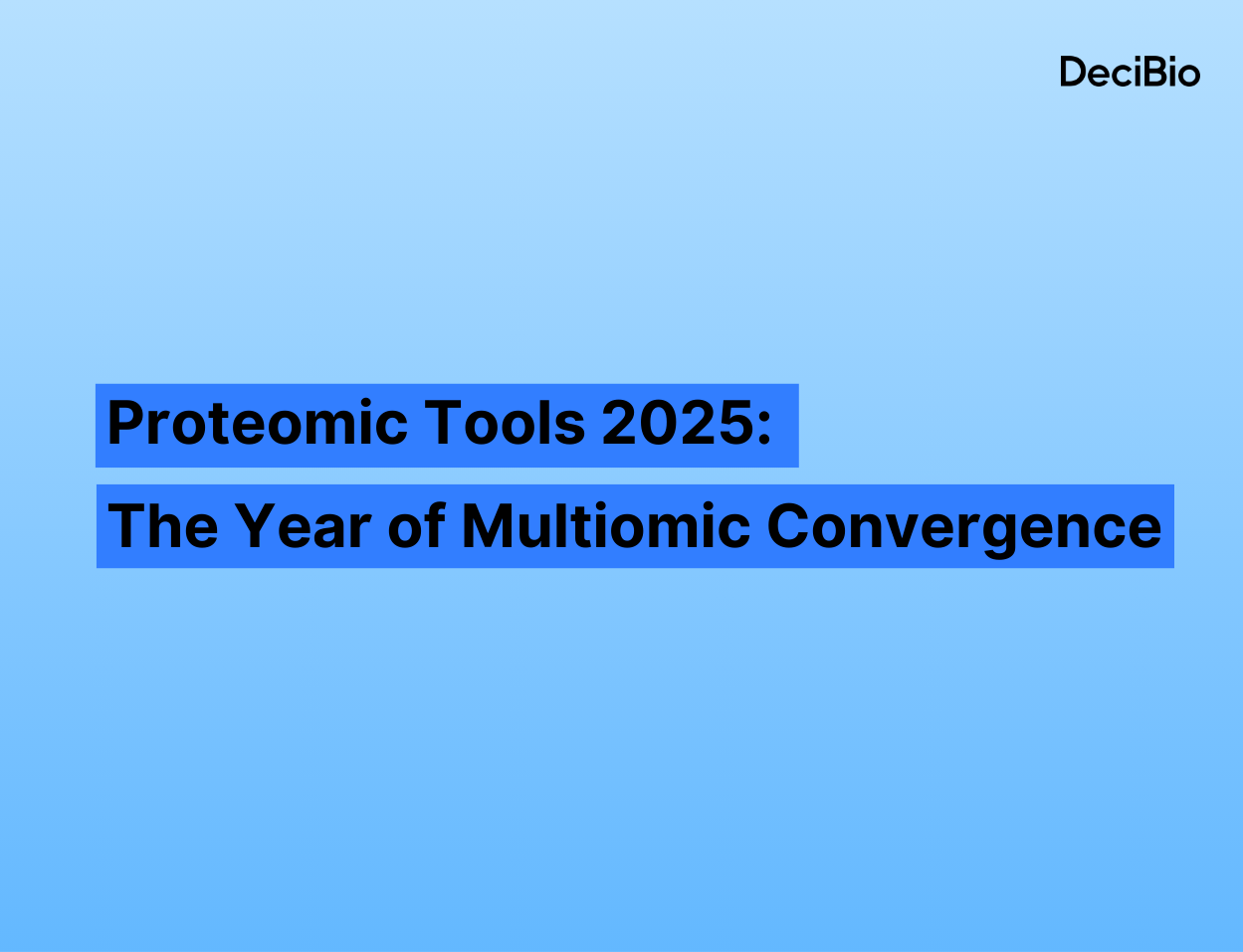We’ve noticed a trend in the oncology biomarker this year. Both anecdotally, through our observations and discussions at AGBT and AACR and with our network of industry KOLs, and analytically, based on the latest data from our I/O Biomarker Analysis Platform (BioMAP), we have a noticed a recent surge in interest in- and commercial development of tissue analytical solutions, especially digital pathology and multiplex spatial tissue analysis (MSTA) platforms. This is not an unexpected trend since, after PD-L1, TMB, and gene expression profiling, all of which are being used and/or explored widely in clinical practice and clinical trials, multiplex tissue biomarkers (along with neo-antigens / neo-epitopes) are the logical next step for exploration in the continuum of tumor-inflammation biomarkers.
Biomarker Immunogenicity Spectrum

The inflammation status of the tumor microenvironment is a fundamental principle of the mechanism of many immunotherapies and thus serves as a target for biomarker exploration. Most of the immunotherapy biomarkers explored to-date (e.g., PD-L1, TMB, MSI) are proxy measures of tumor inflammation (e.g., high TMB suggests higher levels of neo-antigens which is suggestive of immunogenicity; PD-L1 suggests an adaptive immune resistance response, which suggests immune cells in the tumor). Commercially in the diagnostics market, it makes sense to focus on these markers first – they leverage technology platforms and protocols that are widely available and established (e.g., IHC, PCR, and NGS) and are relatively simple. Naturally, however, oncology stakeholders want increasingly better stratification and predictive value, and thus are turning towards new, more sophisticated biomarkers and methods, such as an enhanced interrogation of the tumor microenvironment via digital pathology and multiplex / multi-omic tissue analysis. Anticipation of this growing interest in the tumor microenvironment has spurred an explosion of providers of instruments, reagents, software, and service solutions for next-generation tissue analysis.
Digital Pathology and Multiplex Spatial Tissue Analysis Landscape Summary^
[caption id="attachment_3871" align="aligncenter" width="800"]

DeciBio Multiplex Spatial Tissue Analysis and Digital Pathology Landscape[/caption]Note: I know, we’ve probably missed your company – if you would like to see your (or another) company added to this list, please let us know and we will update it!* Many other companies offer generic or proprietary reagents (e.g., labeled antibodies) that can create custom multiplexed assays** Corresponds to providers of standalone (i.e., scanner / platform-agnostic) image analysis tools and services; various digital pathology players not shown here (e.g., Roche, Leica, Philips) offer integrated image management and/or analysis as part of integrated digital pathology workflow solutions
Digital Pathology
Digital pathology (DP) refers to the use of computer-aided quantitative image analysis to analyze cells and biomarkers from a scanned image of a tissue slide. Key components of the digital pathology workflow include image acquisition via high-resolution slide scanners (e.g., from Leica, Philips, Roche, Hammamtsu, 3D Histech, and others), and image analysis via computerized algorithms (e.g., from Definiens, Indica Labs, Visiopharm, Flagship Biosciences, HISTALIM, and others). Digital pathology has been around for decades and has been used to streamline pathology workflows, education, and data storage / management. There are also approvals for DP use for clinical quantification and scoring of some breast cancer markers (e.g., ER, PR, HER2), and, relatively recently, primary diagnosis. Despite the capabilities and potential for DP, adoption within both the clinic and translational research has, until recently, been slower than expected and is under-penetrated today.The coincidental rise of both immuno-oncology and AI / ML has re-ignited interest in digital pathology, as the signatures that define the tumor-immune microenvironment can be significantly more complex than what human researchers or pathologists can reasonably process / analyze, including the spatial context of nucleic acid, protein, cellular, and/or morphometric markers. Common metrics that digital pathology algorithms can quantify include, among others: total biomarker stain area, cellular-level biomarker positivity, sub-cellular biomarker localization, biomarker co-expression, object quantification (e.g., microvessel), tissue classification, cell-density, biomarker / cell proximity / distance analysis, and nearest-neighbor distances. With digital pathology, these analyses can all easily be performed cross entire slides and/or within regions of interest, in absolute or relative terms, and within a single slide or across multiple sequential sections – analyses that would be burdensome for any pathologist or technician. Last, digital pathology enables multi-omic analyses, as some multi-omic platforms use a common format of target-specific bar-coded labels for both proteins and nucleic acids, causing computational analysis to deconvolute and quantify the targets.While these advanced analytical capabilities make digital pathology useful for biomarker exploration and discovery, I/O is also driving new clinical applications for digital pathology. For example, assessment of PD-L1 to guide treatment with checkpoint inhibitors is becoming increasingly fragmented and complex, with multiple assays, antibody clones, scoring cut-offs, and cell types (e.g., tumor, immune, tumor+immune) that vary by sign and drug. Digital pathology offers the ability to automate these analyses to reduce human error and subjectivity. Some companies in the diagnostics market are exploring how to collect clinically actionable information (e.g., driver mutation status: link) from simple H&E stained slides, potentially allowing for the development of companion diagnostics without the requirement for developing and validating a new biomarker or assay, which can be costly.Ultimately, we expect digital pathology adoption to speed up in both research and clinical settings as more is understood about the importance of the spatial context of the tumor microenvironment.
Multiplex Spatial Tissue Analysis
Propelled by the same tidal wave of I/O + AI, and developments in digital pathology, multiplex spatial tissue analysis (MSTA) has emerged to address the needs of researchers wanting to interrogate the tumor microenvironment at unprecedented levels of detail and granularity. MSTA refers to methodologies for assessing multiple biomarkers (protein and/or nucleic acid markers) at specific locations within a tissue sample. Historically, the ability to multiplex in tissue has topped out at 3 – 5 protein markers for IHC and 7 – 9 markers for immunofluorescence. However, with the development of various novel approaches (e.g., use of multi-cycle stain stripping / quenching / recycling methods, photo cleavable barcodes and spatially defined UV exposure, or laser / ion-beam ablation of metal-or isotope-labelled antibodies), it is now possible to assess from dozens up to >1,000 RNA and/or protein markers (at least in regions of interest) simultaneously, while preserving (some degree of) spatial context. On the RNA-side, some platforms can assess spatial whole transcriptomes at the near-single cell level! Key providers of MSTA platforms, which all differ in terms of specifications and capabilities, include NanoString (GeoMx DSP), NeoGenomics (MultiOmyx), Akoya Biosciences (Phenoptics, CODEX), Fluidigm (Hyperion - imaging mass cytometry), IONPath (MIBIscope I), 10X Genomics (Spatial Transcriptomics), Miltenyi (MACSima), GE Life Sciences (Cell DIVE), Advanced Cell Diagnostics (RNA-scope), Ultivue (UltiMapper), Cell IDx (UltraPlex), and ReadCoor (FISSEQ). Keep an eye out for an upcoming diagnostics market blog providing deeper insight into the high-plex MSTA market and the key players (update: blog here).Most of the activity in the burgeoning MSTA market is focused on translational research (e.g., biomarker discovery, pharma R&D, clinical trials), and potential applications in the clinic (i.e., routine clinical diagnostics / companion diagnostics) are likely years away. (UPDATE 8/6/2019: a recent study published in JAMA Oncology shows compelling evidence for the use of mIHC/IF as a companion diagnostic tool for the assessment of response to PD-1/L1 checkpoint blockade compared to other CDx modalities, including TMB, GEP, single-plex PD-L1 IHC, and composites of these methods). In the near-term, there are multiple key questions, the answers to which will determine which companies and technologies win in the MSTA market; examples include:
- What is the relative value of whole-slide-imaging vs. region-of-interest analysis for MSTA?
- What is the relative value of varying degrees of plex?
- How important is a single-cell resolution, and what level of resolution (in terms of µm or nm) is considered an appropriate single-cell threshold?
- How important are process / workflow variables like scan-time / throughput, sample / slide requirements, degree of automation, etc.?
- What is the tradeoff of these features (e.g., analytical area, plex, resolution, workflow) and cost (both capital and per-sample)? (Current capital costs for MSTA platforms range from ~$50K to ~$1.5M! Analytical services costs can reach up to $10,000 per slide!)
- How important / valuable is multi-omics capabilities (e.g., ability to measure both nucleic acid and protein markers simultaneously)?
- What are the preferred models for MSTA (e.g., service offering vs. instrument / kit offering)?
- How is the avalanche of data best managed, stored, and interpreted?
As the various MSTA platforms and technologies penetrate the market, we expect answers to these key questions will be elucidated, resulting in the separation of clear winners among the pack of competing players. At that point, the key questions will shift to understanding the clinical value of MSTA and how these technologies and insights can transition into the clinic.DeciBio will continue to monitor the digital pathology and multiplex spatial tissue analysis markets closely. In the near term, keep an eye out for the latest developments in this space at ASCO2019; a few interesting abstracts that we have identified (among many others) include:
- Development of a PD-L1 multiplex immunofluorescence assay with advanced visual analysis for understanding the tumor microenvironment
- Effects of immune architecture on response to adjuvant capecitabine in triple-negative breast cancer (FinXX trial)
- Utilization of novel highly multiplexed immunofluorescence microscopy technology to understand immunological tumor microenvironments in small cell lung carcinoma patients receiving combination PD-L1 and PARP inhibition therapy
- Immune gene signatures and integrative spatially-resolved digital profiling of prognostic biomarkers for mesothelioma
- A digital pathology demonstration of an "immune hot" ICOS+/CD45RO+ immunephenotype and the impact on survival in patients with esophageal adenocarcinoma
- Prediction of distant melanoma recurrence from primary tumor digital H&E images using deep learning
- Spatially-resolved, multiplexed quantification of protein and mRNA distribution and abundance in colorectal cancer tumor microenvironment with multiple modalities of NanoString GeoMx Digital Spatial Profiler
- CD8+ T cells in tumor parenchyma and stroma by image analysis (IA) and gene expression profiling (GEP): Potential biomarkers for immuno-oncology (I-O) therapy
- Quantitative image profiling of the tumor microenvironment on double stained immunohistochemistry images using deep learning
- A multiplex immunofluorescence assay to assess immune checkpoint inhibitor-targeted CD8 activation and tumor colocalization in FFPE tissues
DeciBio will be at ASCO2019! If you would like to discuss the digital pathology and/or MSTA landscapes in more detail (or any other precision medicine topic for that matter!), do not hesitate to reach out to me at aijian@decibio.com.



.png)


